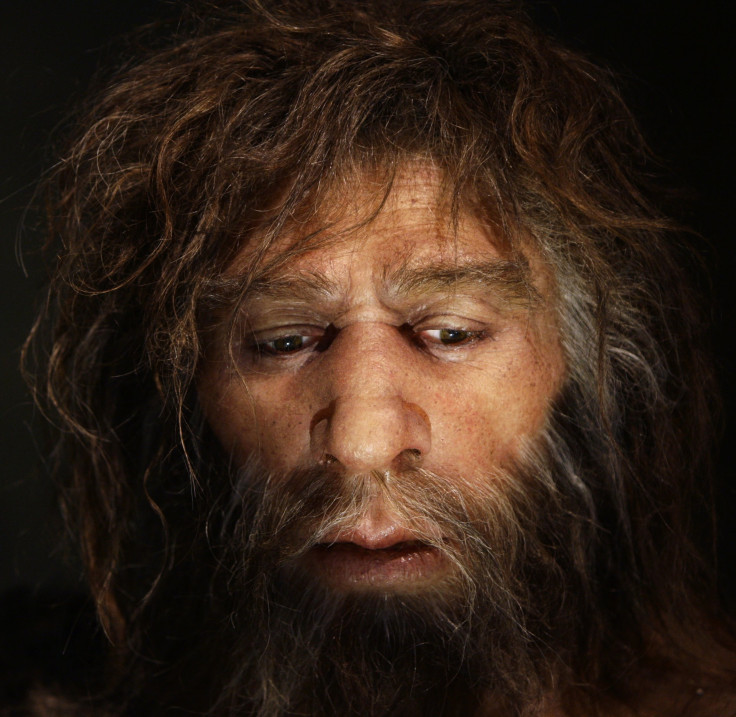Neanderthal Extinction Likely Helped By Cycles Of ‘Hostile Climate Intervals’

Neanderthals, our closest relatives, lived in Eurasia for hundreds of thousands of years before going extinct some 40,000 years ago. The same period marked the arrival of modern humans into the scene, but nobody has ever been able to figure out why or how their anatomically primitive cousins started disappearing.
“For many years we have wondered what could have caused their demise,” Vasile Ersek from Northumbria University said in a statement. “Were they pushed ‘over the edge’ by the arrival of modern humans, or were other factors involved?”
Now, a new international research conducted by Ersek and researchers from Europe and America revealed cycles of “hostile climate intervals” likely affected Neanderthals’ chances of survival in the long run.
“Our study suggests that climate change may have had an important role in the Neanderthal extinction,” Ersek added.
The group came to this conclusion after comparing the archaeological record of Neanderthal activity in Europe with palaeoclimate data extracted from stalagmites in two Romanian caves.
Stalagmites are basically mound-like structures that rise in thin layers from the floor of a cave. They are made from calcium deposits dripping on the floor but carry a very unique ability to act as a natural archive for climatic change.
Essentially, any variation in temperature changes the chemical makeup of the layer. This gave scientists a tool to read how temperatures varied over a period of thousands of years.
In this work, the researchers analyzed the Romanian stalagmites and found the signature of prolonged cold and extremely dry conditions at a time between 44,000 and 40,000 years ago, prior to Neanderthal extinction. This — being the most detailed record of ancient climate change in continental Europe — indicates a cycle of abrupt climate change, where temperatures started falling gradually to make things chilly for hundreds to thousands of years before rising back up again.
But, finding abrupt climate change was just one part of the work and the team still had to determine its effect on the Neanderthal population. So, they compared the climatic data with the archaeological record of their activity back in the day.
The work revealed a correlation, one in which many of these cold periods or “stadials” coincided with the timing of near-complete absence of Neanderthal tools and artifacts. This indicates a decline in Neanderthal population during the cycle of hostile climate intervals, something that led to their complete extinction.
According to the researchers, the Neanderthals, who lived largely on animal meat, probably suffered from food scarcity during these cold periods. They had less diverse diets and failed to adapt as well as modern humans, who also fed on fish and plants, did. This likely helped modern humans survive as the number of their counterparts kept on decreasing.
“When temperatures warmed again, their smaller populations could not expand as their habitat was also being occupied by modern humans and this facilitated a staggered expansion of modern humans into Europe.”
The study titled, "Impact of climate change on the transition of Neanderthals to modern humans in Europe," was published Aug. 27 in the journal PNAS.
© Copyright IBTimes 2024. All rights reserved.





















